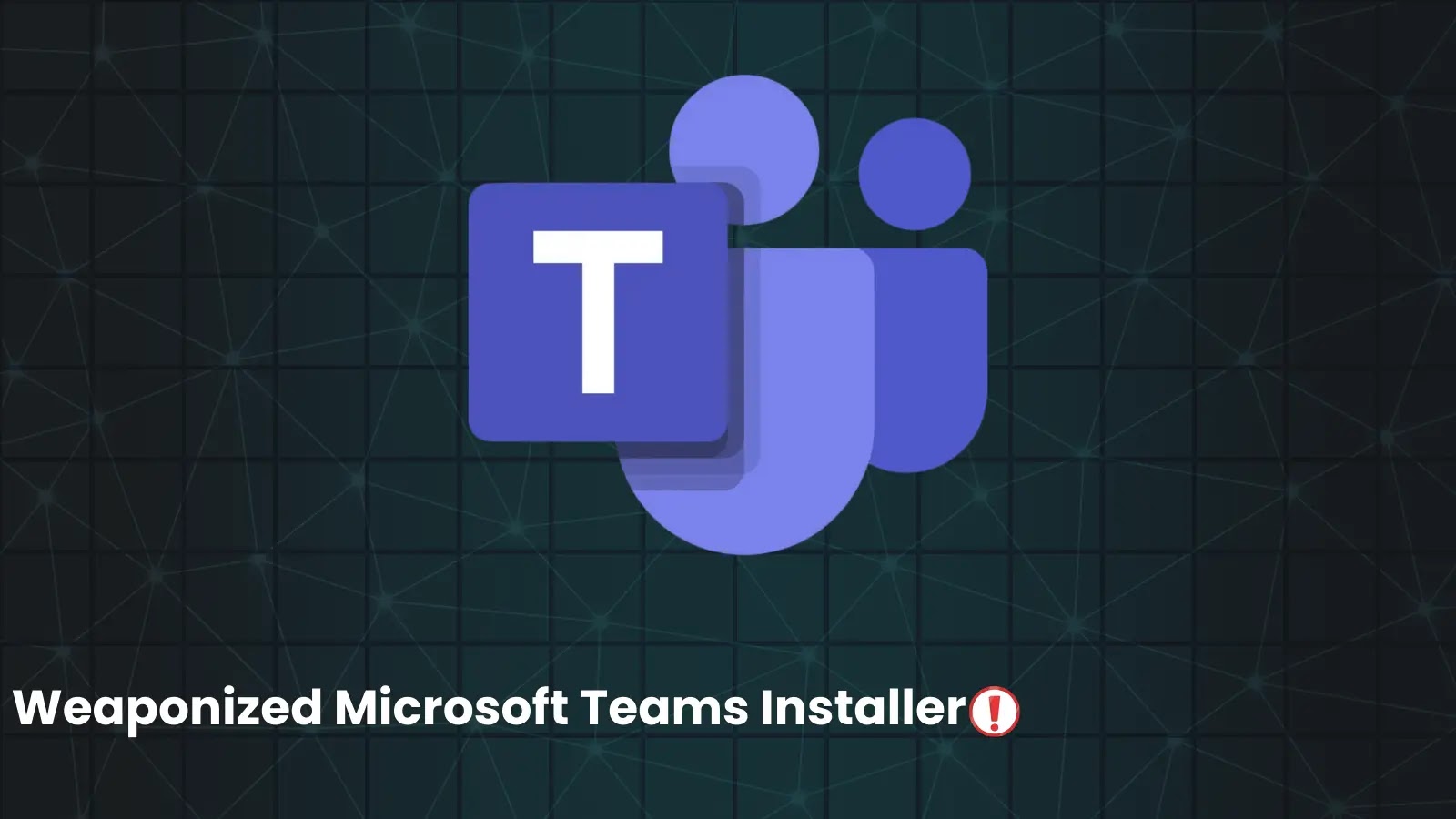Cybersecurity researchers have uncovered a new form of supply chain attack hidden within the npm ecosystem. A malicious npm package was discovered embedding malware inside steganographic QR codes, a technique designed to slip past traditional security defenses. The attack highlights growing risks in opensource software dependencies and developer tools
How the Malware Works
The compromised npm package used steganography the practice of concealing information within another medium. In this case, attackers embedded malicious code inside QR code images, which appeared harmless to unsuspecting developers.
When developers interacted with the package, the malware was extracted, enabling attackers to:
-
Steal credentials and sensitive information
-
Exfiltrate data to attacker controlled servers
-
Maintain persistence within compromised systems
Why QR Codes?
QR codes are widely used in authentication, payments, and software integrations. By hiding malware within them, attackers exploit a trusted format that many systems and users overlook. Traditional security tools often fail to inspect image files deeply enough to detect steganographic payloads.
The Supply Chain Security Risk
This discovery underscores a broader issue: opensource ecosystems like npm are prime targets for supply chain attacks. Developers rely heavily on third-party packages, making them a gateway for attackers to spread malware at scale.
Key risks include:
-
Mass infection potential if widely adopted packages are compromised.
-
Delayed detection due to trust in opensource contributors.
-
Increased attack sophistication as adversaries adopt new evasion techniques.
Protecting Against Steganographic Malware
Experts recommend several best practices to mitigate risks:
-
Audit Dependencies Regularly – Use software composition analysis (SCA) tools to track vulnerabilities in npm packages.
-
Verify Package Integrity – Check digital signatures and hash values before use.
-
Inspect Images and Media Files – Deploy security tools that can analyze files for hidden payloads.
-
Limit Privileges – Run development tools and environments with minimal permissions to reduce impact if compromised.
Conclusion
The discovery of malware hidden in steganographic QR codes inside an npm package represents a new frontier in supply chain attacks. As attackers innovate, developers must adopt stronger dependency management, deeper file inspection, and proactive defense strategies to protect against stealthy threats embedded in everyday tools.
FAQs
1. What is steganography in cybersecurity?
Steganography is the practice of hiding malicious code or data inside harmless-looking files, such as images, videos, or QR codes.
2. How was malware hidden in npm packages?
Attackers embedded malicious code inside QR code images within an npm package, which executed when the package was used.
3. Why are supply chain attacks dangerous?
They allow attackers to compromise large numbers of users by inserting malware into widely used software dependencies.
4. How can developers protect against steganographic malware?
By auditing npm dependencies, verifying package signatures, scanning files for hidden payloads, and enforcing least-privilege principles.
5. Are QR codes safe to use?
Yes, but organizations should apply security scanning tools to detect hidden threats before trusting QR-based files or applications.










